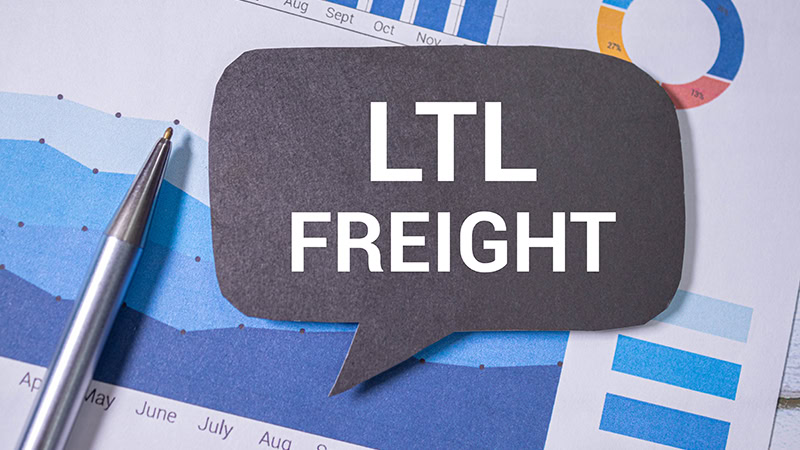How Shippers Can Prepare for NMFC Changes

In the world of less-than-truckload (LTL) shipping, upcoming changes to the NMFC classification system loom large. The impact on freight rates could vary. Here’s what to expect:
THE CHALLENGE
One prominent obstacle facing the industry is the potential for shifting freight trends as production and manufacturing facilities are relocated worldwide, with companies striving to improve cost-effectiveness, speed of manufacturing, and inventory management.
Shippers are carefully considering how these factors may impact their logistics and are contemplating increasing onshore inventory levels in anticipation of potential disruptions. In the world of less-than-truckload (LTL) shipping, the most formidable hurdle on the horizon is the upcoming changes to the NMFC classification system, slated to be implemented in 2025. The impact on freight rates could vary from increases to reductions, depending on the density of individual shipments.
A thorough examination is necessary for shippers to comprehend the ramifications for shipping expenses. Those lacking established protocols for accurately measuring package density or managing cargo packaging will likely face significant disadvantages.
THE SOLUTION
■ Stay informed. It is crucial for shippers to stay informed about the latest developments and information related to the NMFC changes. Shippers should regularly consult the NMFTA website and other industry resources to keep abreast of any updates or clarifications regarding the new classification system.
■ Assess commodity classifications. Shippers should conduct a thorough review of their commodity classifications to understand how the NMFC changes will impact their freight classes and rates. This assessment will help shippers identify potential cost implications and adjust their shipping strategies accordingly.
■ Optimize packaging. Efficient packaging practices are essential for minimizing density-driven costs. Shippers should evaluate their current packaging methods and explore opportunities to optimize package design and materials to reduce the overall dimensions and weight of their shipments.
■ Collaborate with carriers. Open communication and collaboration with LTL carriers are crucial for navigating the NMFC changes. Shippers should engage in discussions with their carriers to understand their approach to the new classification system and explore potential mitigation strategies.
CALCULATE THE IMPACT TO YOUR TRANSPORTATION SPEND
SMC³ provides educational materials and transportation technology solutions to aid shippers, third-party logistics providers, and carriers in tackling upcoming challenges. The technology created by SMC³ forms a digital link between all stakeholders in the industry, empowering shippers and 3PLs to effectively manage their LTL operations from start to finish.
This includes bid management, rate comparisons among providers, transit planning and scheduling of pickups, and invoice auditing. The analytical data and technological capabilities offered by SMC³ are crucial for strategic planning, optimizing transportation modes, and swiftly adapting to the ever-changing market conditions.
SMC³’s BatchMark® XL is a quick batch rating tool that delivers comprehensive analysis of freight expenses to shippers, 3PLs, and carriers. With this tool, users can simulate various scenarios and make adjustments to their freight characteristics, such as changes in shipment classifications. The high-speed batch rating feature of BatchMark XL allows for efficient calculation of LTL expenses across multiple shipments in just a matter of minutes.

